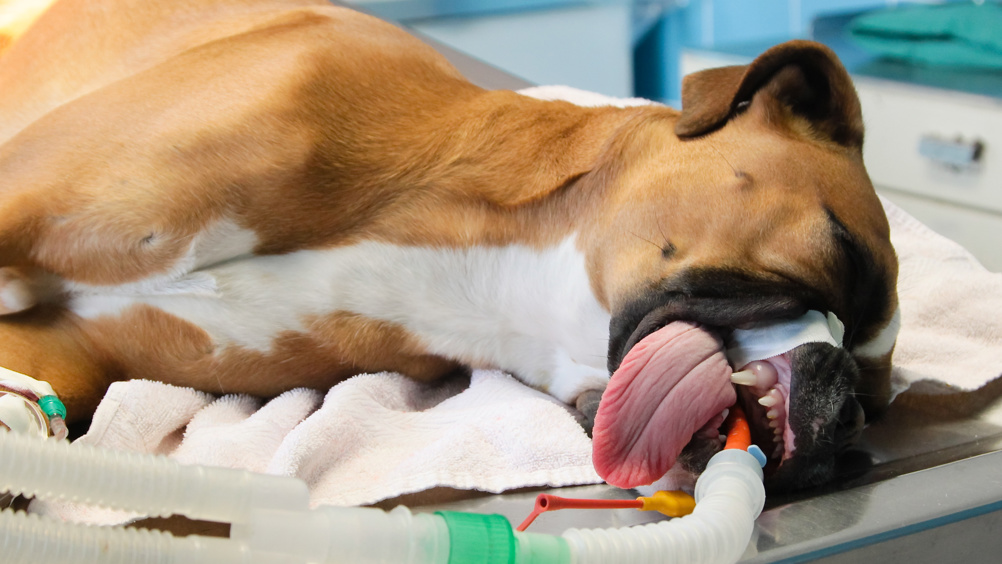References
The impact of human factors on veterinary anaesthesia

Abstract
Human factors are an evidence-based science that consider how external factors and personal circumstances influence work behaviours and the reasons why events happen. It has been frequently studied in professions where mistakes can have disastrous consequences, such as aviation and human medicine, and is now becoming more considered in veterinary medicine. Understanding how human factors influence the safe delivery of anaesthesia means more safety measures can be put in place for both the wellbeing of patients and veterinary staff. These measures include surgical safety checklists, open communication between colleagues and the use of adverse event reporting platforms.
Human factors, or ergonomics, are an evidence-based science that considers how external factors and personal circumstances influence the reason an event happens (Abildgren et al, 2022).
Human factors have frequently been studied in professions where mistakes can have disastrous consequences, such as the aviation industry and human medicine, and is now being considered more in veterinary medicine. Understanding human factors enables further safety procedures to be put in place, reducing the risk of negative patient outcomes, while also protecting clinicians from ‘second victim syndrome’. Marmon and Heiss (2015) describe second victim syndrome as the negative impact an adverse patient event that occurs as a result of human error can have on the wellbeing of the practitioner involved.
This can manifest in the form of anxiety, guilt and a loss of confidence, ultimately leading to diminished patient and clinician welfare and an increased risk of mistakes occurring. It should be noted that incidents rarely occur because of one singular failure, but rather as a result of an accumulation of multiple compounding factors.
Register now to continue reading
Thank you for visiting The Veterinary Nurse and reading some of our peer-reviewed content for veterinary professionals. To continue reading this article, please register today.

